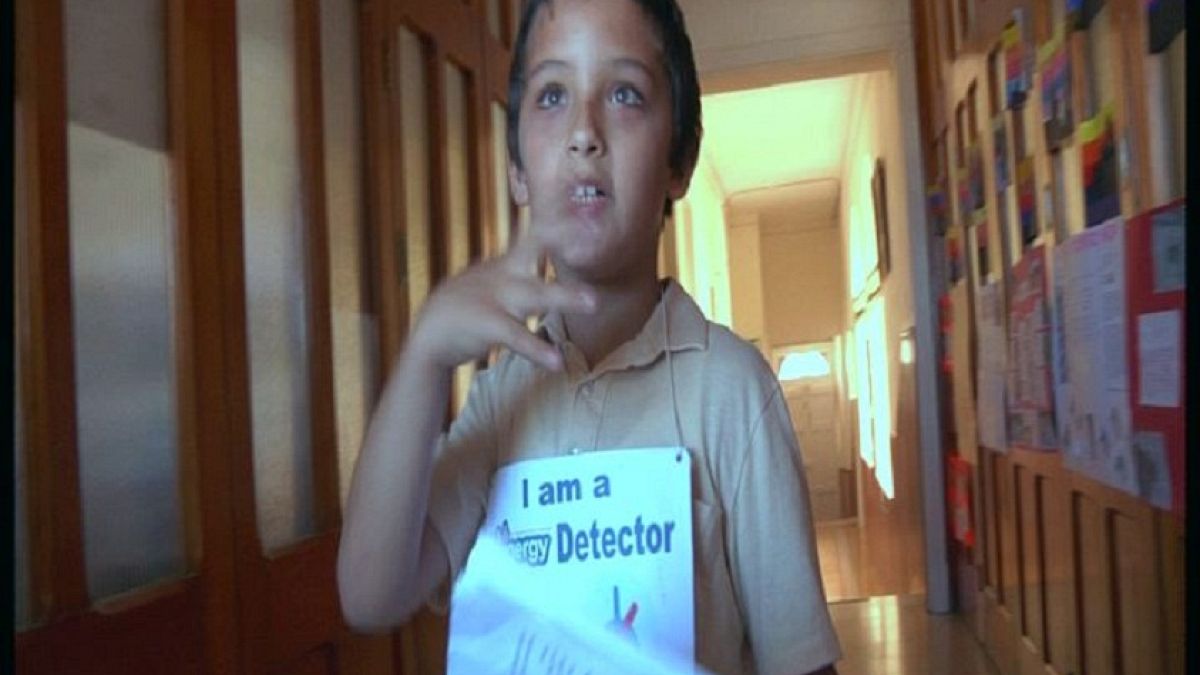Community-level action is a great way of contributing to sustainable development. And good habits start young, so teaching people how to live greener lives is important.
Malta: Classrooms Go Eco
Malta is the only EU member state which depends entirely on fossil fuels for energy, 100 percent of which is imported. While sustainable energy sources are developed, educating people about energy efficiency is crucial for the island. At St. Francis Primary School, they joined an EU funded project called U4Energy.
The approach is practical and multi-faceted. Good teaching practice is rewarded, as well as concrete measures to improve energy efficiency at school, in the family and the community. The children take it in turns to check water and electricity meters, and make sure that lights, fans, and appliances are not left on when not required.
St. Francis Primary School is now top of the class at both national and European level when it comes to energy efficiency.
For more information about European Schoolnet, see
USA: University into the woods
The forests in the east of the United States are one of the largest carbon sponges in the world – a powerful natural defence against climate change. So protecting these trees is vital.
Looking after a forest does not leave much time for going back to school, so Cornell University has gone into the woods. They aim to educate all 650,000 private forest owners in New York State.
Gary Goff, of Cornell University explained: “Cornell produces a lot of knowledge. Our goal is to put that knowledge in the hands of forest owners, in their woods. It’s in their woods that the easy flow of communication happens and the volunteers can actually see the condition of the trees, the condition of the land.”
Jerry Michael is one of the 140 forest education volunteers. He came to see Dean Jordan’s wood and help assess its sustainability, and harvesting possibilities. Hardwood logging, done the wrong way can seriously damage a forest.
The world’s forests absorb more than a quarter of the carbon dioxide in the air. But forests don’t only fight climate change – they are one of its victims too. In the US, for example, warm winters mean less insects are killed by frost, leaving more of them to eat the trees.
Cornell university has trained 140 volunteers, and they in turn try to encourage forest owners to pass on their newly acquired knowledge to other forest owners.
Amazon: mapping C02
Forty years ago, the entire region where the Surui people live in north-west Brazil was covered with Amazonian rainforest. Today illegal deforestation has replaced it with fields.
Almir is a local tribal leader. Since 2007, his community of 1,400 Surui people have been working to conserve their part of the Amazonian rainforest. He explained: “Here we are in a reforestation zone where we have replanted. These young plants will help to replace the lost biodiversity and enrich the forest, which is part of our territory.”
The community contacted Google Earth for help in mapping their territory by satellite, so that they could more easily expel illegal loggers, and replant the forest. Today they are the first community in the world to have received international certification allowing them to sell CO2 credits to polluting countries.
The money from selling carbon credits amounts to around one million euros a year until at least 2038. The community want to finance the protection of the forest as well as improve their own lifestyles. In the future this community also plans to share what they have learned with other communities living in the Brazilian jungle.
